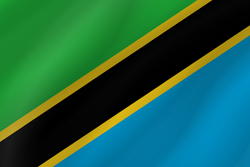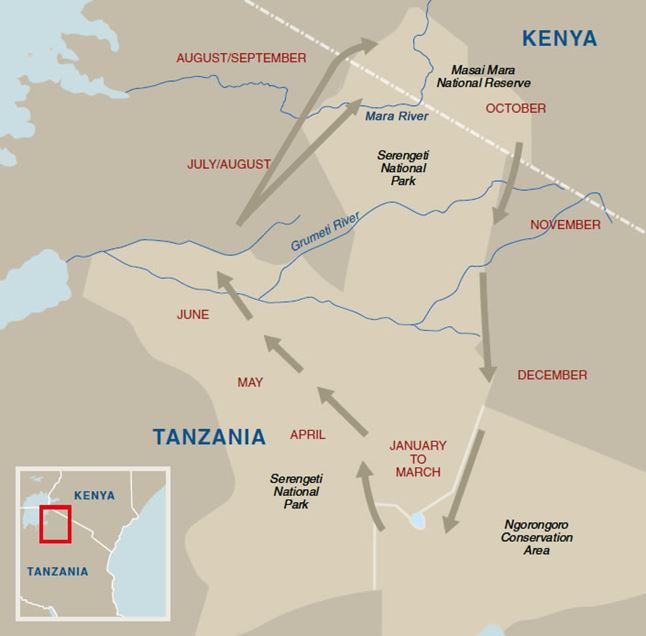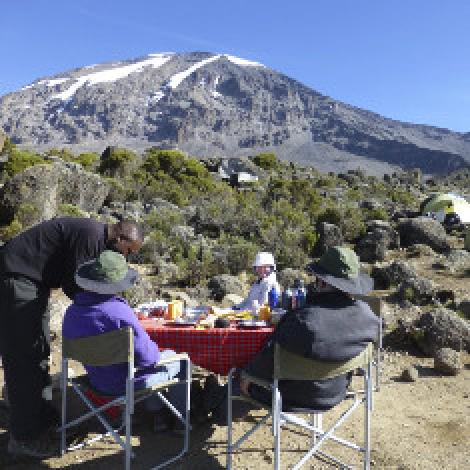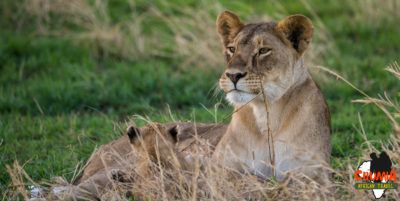Best Time for Migration
JANUARY: The herds are in Tanzania’s Serengeti, moving south from the north-east region and into the southern Serengeti, Ndutu area and Ngorongoro Conservation area – which often means out of the confines of the (unfenced) national park itself. It is calving season – prepare yourself for lots of wobbly babies… and lots of heartbreak as predators swoop in.
FEBRUARY: The good grazing of the Southern Serengeti, Ndutu and Ngorongoro Conservation areas means the herds remain in the far south.
MARCH: They are still in the south but the grasses have all been munched up, the last calves born and the herds are starting to gather in preparation for the next leg.
APRIL: Make sure you are on the southern Serengeti plains – the wildebeest begin their northward journey, and many have left already and are in the central and even western Serengeti.
Where to stay: Serengeti Under Canvas and Olakira Camp are mobile tented camps that follow the Wildebeest Migration across the Serengeti plains.
What You Didn’t Know about the Great Migration 8 Opportunistic predators follow the herds, always looking for an easy kill…
How the Migration works- wildebeest Your senses will be on overdrive as you drive through stomping, bellowing herds of wildebeest.
MAY: Wagons roll! The massed herds are on the go, huge columns of up to 40km in length can be seen as the wildebeest funnel up into the central and western Serengeti.
JUNE: Head for the central and western Serengeti – the herds are there and getting ready for the toughest part of their odyssey.
JULY: Book early – it is the Big Event: river crossings. The herds have reached the western Serengeti and Grumeti Reserves and are peering closely at the brown waters of the rivers they have to cross. Why? Huge Nile crocodiles, that is why.
AUGUST: The survivors celebrate by feasting in the northern Serengeti and begin crossing back into Kenya’s Masai Mara National Reserve. You need a passport to cross; the wildebeest are exempt.
Where to stay: Serengeti Migration Camp is centrally located for all the action; on the Masai Mara side, Governors’ Il Moran and Rekero Camp are both excellent options.
What You Didn’t Know about the Great Migration 7 The eventful river crossings are bittersweet moments for the herds.
July & August: Book now for… Listing The herds cross the Grumeti & Mara Rivers during July & August – the most dramatic aspect of the Migration.
SEPTEMBER: The herds break up into smaller groups – about half of the animals remain in the northern Serengeti, the rest are swapping stories in the Masai Mara (‘Did you hear that Nigel didn’t make it across the Grumeti?’).
OCTOBER: Your best bet is the Masai Mara but bear in mind it is a far smaller reserve than the Serengeti and there may be a lot of other visitors. The conservancies in the Mara are much less crowded and, not only will you stil be able to witness the Migration, you will also be benefitting the Maasai communities who have lived there for thousands of years.
NOVEMBER: The short rains have begun, propelling the wildebeest to leave the now denuded grasslands of the Masai Mara and back into the rejuvenated Serengeti.
DECEMBER: Fresh grazing sees the wildebeest clustered in the north-eastern Serengeti (around Lobo in particular) as well as the southern Serengeti. Calving begins again, the predators move in again, and the cycle of life begins all over again.
Where to stay: In the Masai Mara, head for Bateleur Camp or Sala’s Camp; if you’ve followed the herds back into the Serengeti, mobile Serengeti Safari Camp will put you in the right place at the right time.
 +255 756 010 739 +33 6 24 82 09 36
+255 756 010 739 +33 6 24 82 09 36







